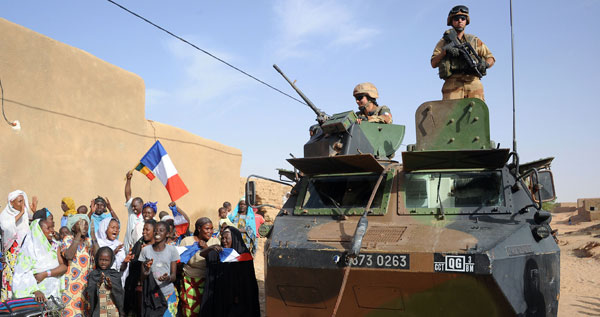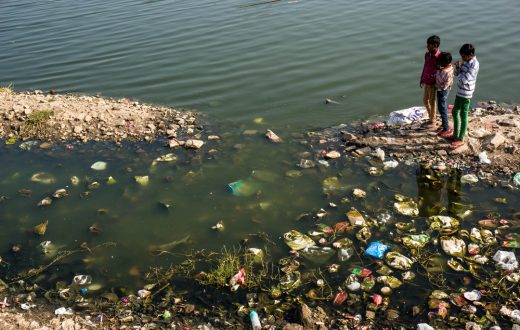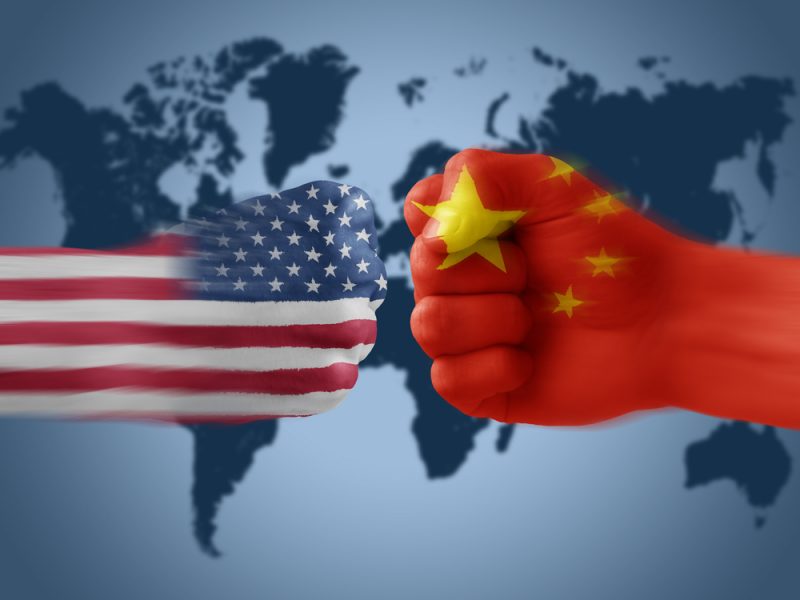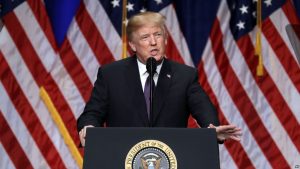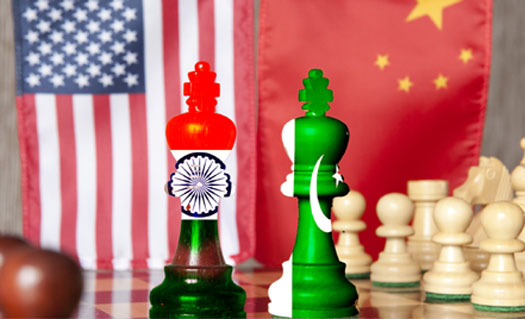This article is a continuation of the previous article : Impact of SSBN on security : A case of India Part I
DOCTRINAL REQUIREMENT

Are SSBNs commissioned?
SSBNs are commissioned not because the enemy has it but because the doctrine determines that it is needed. So, often doctrinal and policy level changes have accompanied their acquisition. Once inducted the way the submarine is deployed and how the security establishment articulates its usage determines its effectiveness. The aim is to get the other state do something they wouldn’t have done earlier or to enhance the security and thereby reduce the effectiveness of the threat levelled by an opponent.
Not all states need them. SAAB Kockums A-23[1] is a much suitable platform for littoral warfare in a European context. It can deploy saboteurs but also easily navigate the fjords and adjust according to the changes in salt content in water, temperature change, etc.
The Case of India
India’s NFU (No First Use) policy in nuclear doctrine made SSBN acquisition the next logical step (Crail & Lindsey, 2009). At this point of time, the general West led order is not securitising the rise of Indian military capabilities and hence this is an opportune moment for policymakers to scale up SSBN capability without being seen as a threat by West. This would appear as matching up to China before it deploys its SSBNs on deterrence patrols.
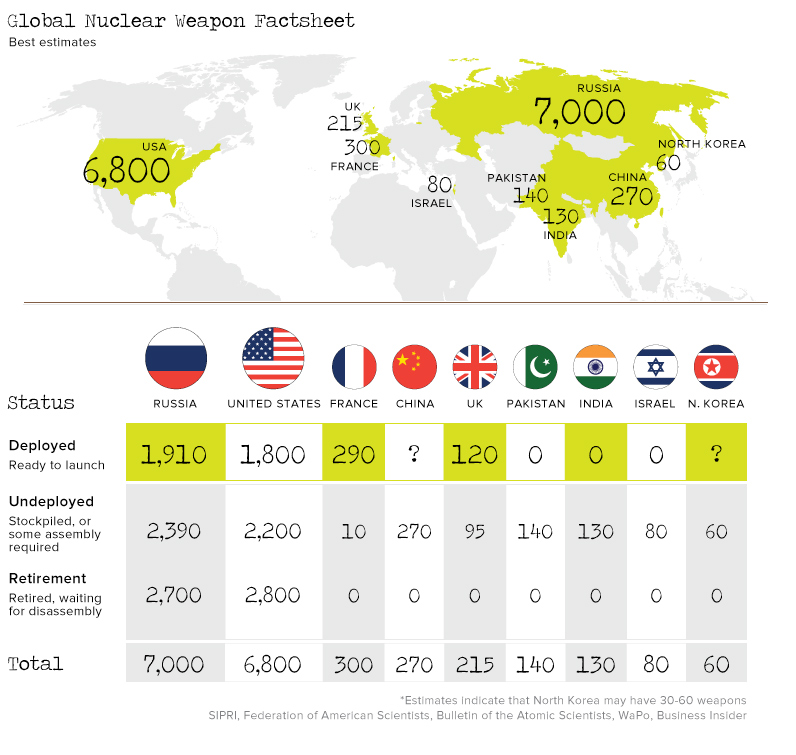
Credit : Visual Capitalist
The Triad
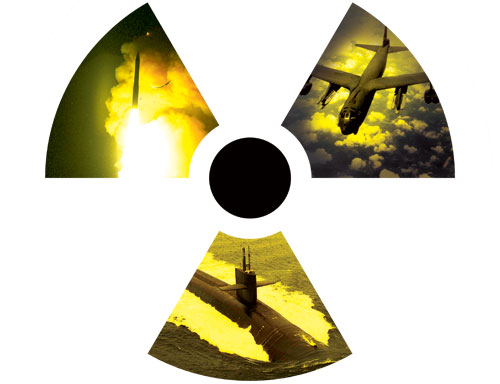
SSBNs complete the triad of land, air, and sea-based deterrence. While each has its benefits, underwater weapons are the fastest to launch and easy to hide. Their only issue is range and detection of the submarine once missiles have been fired.
“Intercontinental ballistic missiles provide prompt response, bombers provide flexibility, and submarines provide survivability” (Mies, 1999)
As per offensive realism, states are power maximizing agents and as per defensive realism states seek status quo. Offensive realism says states want hegemony and defensive realism implies that: excessive accumulation would compel other(s) to take countermeasures (Wohlworth, 2010). SSBNs can be seen as hegemonic as they nullify the strength of land-based ICBMs of the enemies and the cruise missiles that could have taken out the mobile launchers. They change the rules and incentivise behavior of ambiguity on the part of the enemy.
SSBNs are also instrumental for a state that cannot field a conventional force at par with the adversary. (Mies, 1999)
An assured and established hegemon may not pursue SSBNs. It is the hegemon that feels threatened by the power of another and develops SSBNs as a deterrent and, show, of its second strike capability. Further, the presence of a hegemon also incentivizes the development of SSBNs as a guarantee against its threats and coercions as it can take out all nuclear weapons of the lesser power in the first strike. Some would be left in the SSBNs for a credible second strike. This knowledge would hence prevent the attack against the lesser power.
Nuclear Power and the Hegemon
On the other hand for a hegemon;
“Nuclear weapons serve as a hedge against an uncertain future, a guarantee of our security commitments to allies, and a disincentive to those who would contemplate developing or otherwise acquiring their own nuclear weapons.” – A National Security Strategy for a New Century, 1998 (Mies, 1999)
SSBNs also make for efficient machines and are faster, cleaner as there is fission going on in the reactors. Greater access is ensured as most of the seas are part of global commons and there is no need for regular refuelling and the life of submarines also comes to a close earlier than ships.
SSBNs become important as India inches towards its goal of becoming a blue water navy.
A submarine is most vulnerable to detection and destruction when in the harbour or a crowded zone near harbour with a high density of maritime activity but in deep seas, it is free to move. Nuclear power allows this freedom and safety not just to the submarine but also to the warheads.
Unlike a carrier that needs a carrier battle group to provide an umbrella of safety, a submarine is de facto autonomous for its safety requirements because it moves undetected and carries a payload to destroy major sections of a state and has its complement of torpedoes and mines. The greatest threat to a submarine is aircraft based ASW platforms and maritime patrol aircrafts that deploy sonobuoys and torpedoes. This can be offsetted by deploying anti-aircraft SAMs on subs, but that would give away the submarine location.
SSBNs need support infrastructure to use them to the best of their capability.
There is a need for nuclear sanitisation chambers, demagnetization facilities, missile storage and loading, caverns to ensure that submarines are not noticed when they are entering or leaving the base (Kristensen, China SSBN Fleet Getting Ready – But For What?, 2014), allowing the ambiguity of their location or deployment. China has bases at Qingdao (Kristensen & FAS, 2006) and Hainan (Tweed, 2014) with these facilities. India is building INS Varsha at Rambili for this purpose. Also, are needed VLF (very low frequency) and ELF (extremely low frequency) communication facilities on land to maintain communication. During a war these facilities need protection. (VLF Transmitting Station Commissioned at Tamil Nadu, 2014) Also needed is the training of the crew to operate a nuclear submarine with expertise, which can take years to master.
Possession of SSBNs and the political will to use them to successively retaliate is possible if some nuclear forces, warheads, and systems of delivery in close proximity survive and being close these three can fire the systems. The probability of this happening is highest in SSBN.
“The basic theory of an SSBN is that it can hide in the vastness of the ocean and therefore it is almost impossible to predict where it may be or it may not be possible to detect it at all.” – (McDevit, 2016)
The mating of warhead and delivery system is a significant step, and in the submarine, it is mated by default. To avoid an unintentional firing different countries have different launch protocols. While states like the USA take to multiple levels of redundancy (Merrill, Syeed, & Harris, 2017).
UK depends on the authority of PM or person designated. China and India are creating their protocols. In the case of China, the Rocket Forces handle this part (McDevit, 2016).
The SLBM is a ballistic missile. It can have MIRVs (multiple independently targeted re-entry vehicles) and like most nuclear warheads will have a cloud of missile defence umbrella (Taylor, Tamerlani, & Farnsworth, 2013).
INFLUENCE AT LEVELS OTHER THAN STATE
SSBNs function at the level of states but have an impact at the level of individuals and societies as well. States use them but there is a community of nuclear submariners that operate these and then there is a community of submarine builders that eke a living by working at shipyards. There is also a question of their job security and the job security of nuclear engineers and marine engineers who specialize in nuclear submarine construction and maintenance. The design bureaus and the corporations that build them make profits but in states like India and Russia the lead integrators are state owned, but a lot of work is subcontracted to the private sector. Incidents like the Kursk where more than a hundred submariners were lost are a constant reminder of the effects of improper maintenance (Gidadhubli, 2000). This is a more insecure situation than not possessing SSBNs: the loss of nuclear reactors and warheads in the deep sea. The environmental ramifications and human losses are irreversible, and they can occur in wars where both sides deploy these platforms.
SSBNs have emerged in the age of states because the technological revolution of Industrialisation
3.0 has coincided with the modern post-colonial era. Even if states didn’t exist one day or had not existed at all, the level of technological advancement in the presence of the overarching rivalry between powerful organisations capable of fighting wars would have led to their advent. In this day and age, they, however, reinforce sovereignty and state security.
CONCLUSION
The world of submarines has moved a long way from the days of Nikonov[2]’s submarine for Peter the Great and America’s Turtle, Alligator and Intelligent Whale[3]. But SSBNs have created a world of their own with the capability to destroy sections of humanity while moving silently hidden under the seas. The submarine has redefined its role from a tactical vehicle to a strategic asset. States have sought them in the name of enhancement of strategic capability, but they are also psychological warfare systems. An impression is sent to the adversary that the balance has tilted and is not easy to offset. By procuring a similar system, the adversary can at the very best place the other in a similar situation. The credibility of threat and the uncertainty of the extent of truth can lead to miscalculation and unnecessary adventures (Kumar, 2009). Often emergency politics incentivises assumptions and presumptions.
A ‘term insurance’ can be used only when the insured person is no more but a life insurance matures at the end of its period, and the insured get a sum of money that they would have got if the issue covered in insurance had happened. SSBNs were developed as term insurances for security, but greed can lead to them being used as life insurances.

Jyoti Ranjan Pradhan
Jyoti Ranjan Pradhan



